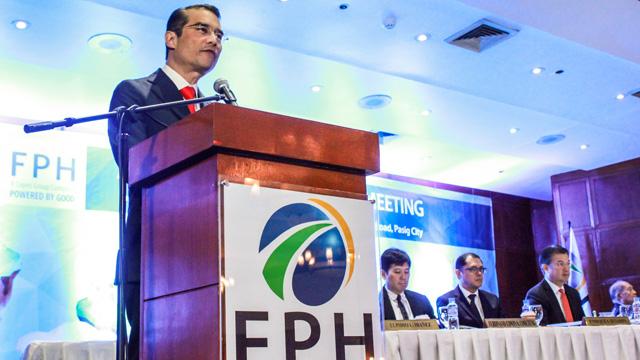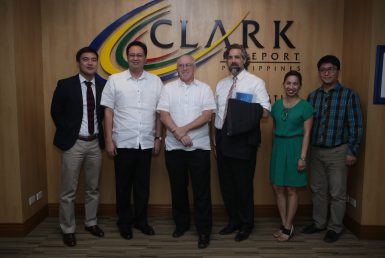First Holdings earmarks P10 B to redevelop real estate assets

Updated May 30, 2017 – 12:00am
http://www.philstar.com/
MANILA, Philippines – Lopez-led First Philippine Holdings Corp. (FPH) is allotting P10 billion over the next five years for green redevelopment projects of its under-utilized real estate assets to generate better returns, company officials said yesterday.
“The objective is to be able to develop them from being under-utilized then optimized. And then for our shareholders, that will also deliver returns to our shareholders. So rather than not it being generating as much earnings… we want to turn them around and make them more productive,” he said.
Among the properties that will undergo redevelopment is the old Benpres Building property in Ortigas, which will be transformed into an eco-friendly and energy efficient building with wide open spaces, plenty of greenery and a good mix of tenants — for office and commercial purposes.
FPH chairman and CEO Federico Lopez has described the real estate asset as “very under-utilized” since it is a one-hectare property housing a building with only six floors.
“What we’d like is build something that can accommodate our headquarters but not only that, possibly even external tenants. Our return on assets, we’d like to raise that group-wide and this is one of the areas where we’ve identified. It’s very under-utilized today, we’d like to utilize our assets much better,” he said.
So far, the company is finalizing the design and redevelopment plan of the Ortigas property.
“We’ve already selected an architect. So probably we’ll start demolishing the building next year and then start construction next year as well,” Puno said.
He said the company has budgeted P8 billion up to 2021 to redevelop the Benpres Building.
FPH is also planning the redevelopment of its real estate assets in Taytay and Antipolo, Rizal, which are estimated to cost P1.5 billion and around P500 million, respectively, Puno said.
“Even the other assets, we’re looking at developing at about the same time. The 5.7 hectare (in Taytay), we’ve been looking at different plans, different schemes to develop that and also with respect to the Lopez Development Center in Antipolo,” he said.
The east side of Metro Manila is now a booming area for real estate developments given the growing population and FPH plans to position itself at the center of it.
“It used to be very remote, but now it’s already prime, people live in that area. Because of the traffic conditions and because we feel that we can differentiate ourselves by making them more eco-friendly, that people will want to spend more time in these kinds of developments. And some of them will have residential components, like for example the one in Taytay, that’s substantially already residential. It can be combination of residential and commercial,” Puno said.
These projects will help the company generate more recurring income moving forward. Currently, 65 percent of its recurring earnings come from its energy portfolio and roughly 25 percent is from real estate.
“What we’re trying to do is sustain recurring net earnings from our portfolio and focus on return on assets, as the chairman mentioned, on many of the under-utilized assets in our balance sheet today, like under-utilized properties. That way, hopefully we can deliver better, improved returns to our shareholders,” Puno said.
Last year, FPH registered an 84 percent jump in net income from P5.4 billion to P9.9 billion mainly because of one-off gains from the liquidated damages received for the San Gabriel plant, receipt of insurance claims by subsidiary Energy Development Corp. for the Bacman plant and the arbitration settlement received by First Philec Group.


